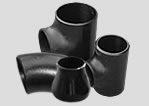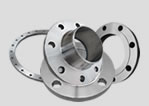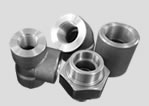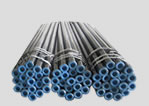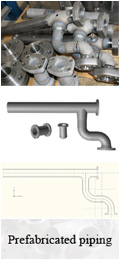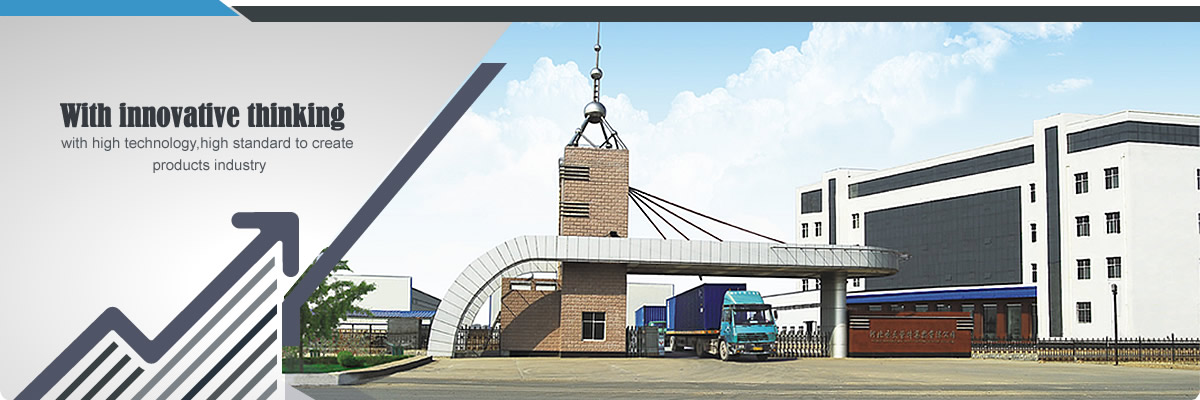What are the differences between cold forging and hot forging of flanges
The development of cold forging technology is mainly to develop high value-added products and reduce production costs. At the same time, it is constantly infiltrating or replacing in the fields of cutting, powder metallurgy, casting, hot forging, sheet metal forming process and so on. It can also be combined with these processes to form a composite process.
The hot forging of flange is: during hot forging, large flange with complex shape can be forged because the deformation energy and deformation resistance are very small. The flange with high dimensional accuracy can be hot forged in the temperature range of 900-1000 ℃. In addition, attention should be paid to improving the working environment of hot forging. The service life of forging die is shorter than that of forging in other temperature ranges, but it has large degree of freedom and low cost. The purpose of hot forging flange is mainly to reduce the deformation resistance of metal, so as to reduce the forging pressure required for bad material deformation and greatly reduce the tonnage of forging equipment; Change the as cast structure of the flange material ingot. After recrystallization in the hot forging process, the coarse as cast structure becomes a new structure of fine grains, reduce the defects of as cast structure and improve the mechanical properties of the steel.
previous page:Common faults of flange
next pageHow is the pressure rating of the flange divided


